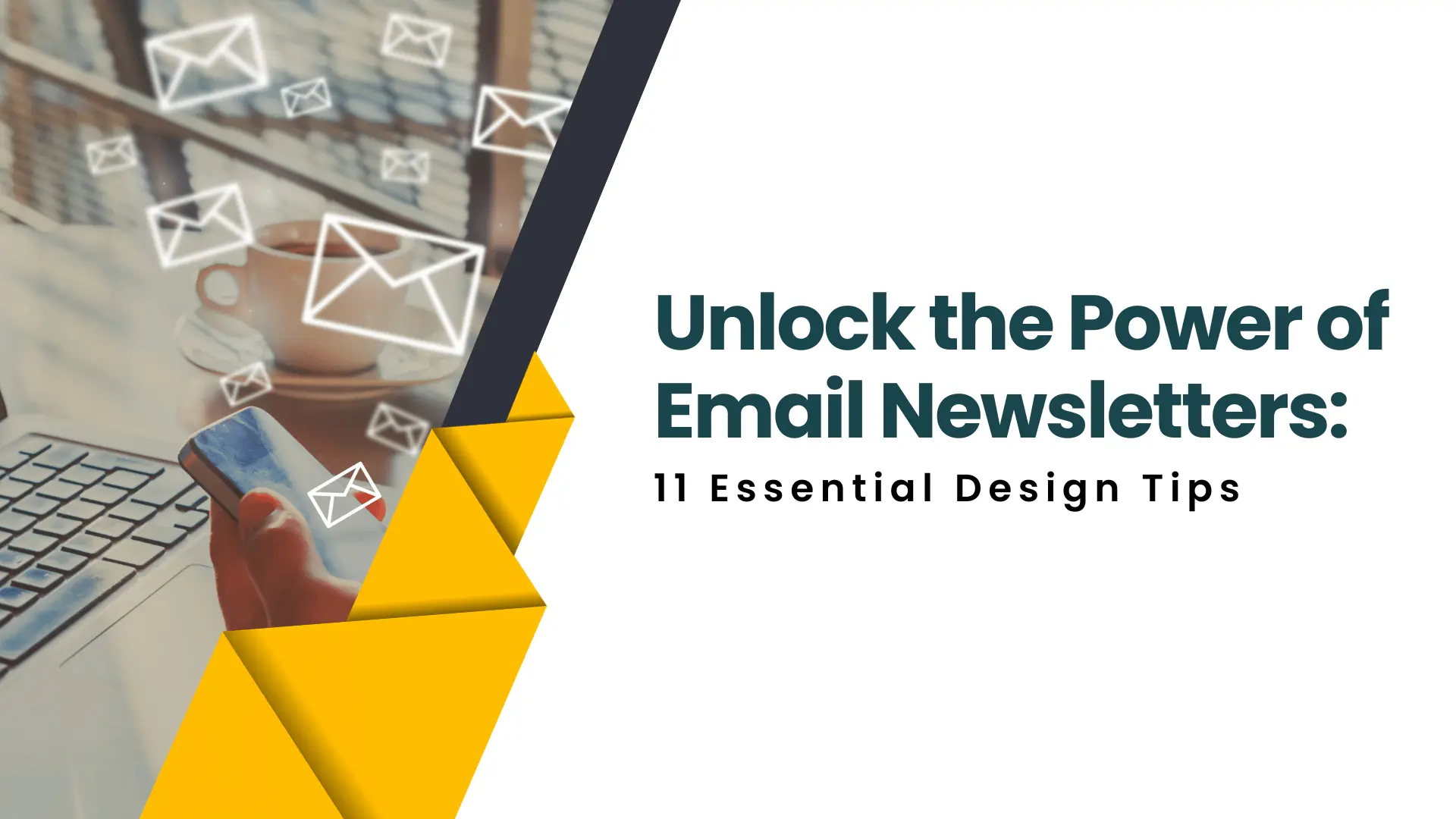11 Design Tips to Boost Your Email Newsletters
 Published by Bulk Mail Verifier
Published by Bulk Mail Verifier
Introduction
In the fast-paced world of email marketing, design plays a pivotal role in capturing attention and driving engagement. While personalization and data-driven strategies are crucial, a well-designed email can be the key to cutting through the inbox clutter. With over 333 billion emails sent daily, mastering email design is essential for success.
11 Essential Design Tips for Powerful Email Newsletters
1. Responsive Design Pays Off
First and foremost, ensure your newsletters are mobile-friendly. With more than half of all emails opened on mobile devices, responsive email templates are crucial. These templates adjust automatically to fit various screens, enhancing readability and engagement.
2. Make Accessibility a Priority
Accessibility ensures that your emails are usable for everyone, including those with disabilities. Use descriptive subject lines, large fonts, and high color contrast. Avoid hiding information in images, which can be challenging for screen readers. Prioritize accessibility to maximize your reach and improve usability.
3. Customize Your Pre-Title Text
The pre-header text is like the meta description of your email. It should complement the subject line and entice readers to open the email. Crafting a compelling subject and pre-title pair can significantly impact open rates.
4. Use a Practical Layout
The layout determines content flow and information order. Establish a clear visual hierarchy, display important information early, and incorporate white space for a premium look. Avoid clutter and walls of text.
5. Choose Colors Strategically
Colors can influence emotions and direct attention. Use a consistent color palette that aligns with your brand. Avoid color clashes and consider how colors appear in dark mode on mobile devices.
6. Use Clean, Clear Text
Your message should be clear and concise. With billions of emails sent daily, recipients won't read every word. Ensure your email is easy to scan and gets to the point quickly.
7. Treat Email as a Branding Opportunity
Ensure your email design is consistent with your brand's overall design. Strong branding helps recipients identify your message and reduces bounce rates.
8. Your Typography Style Matters
Consistent fonts reinforce your brand identity. Use no more than three fonts per email to maintain readability. Experiment with fonts for headings and body text to find what works best.
9. Elements of Personalizing Emails
Personalization makes emails meaningful. Use customer data to tailor content and build stronger relationships. Personal touches humanize your brand and enhance engagement.
10. Always Use a Call to Action
A call-to-action (CTA) should clearly describe the next step for readers. Place CTAs logically within the design, and consider using multiple CTAs to increase click-through rates.
11. Avoid Sudden Design Changes
Consistency is key. Sudden design changes can impact campaign success. Test new designs with a small audience before rolling them out widely.
Conclusion
Effective email design can transform your marketing campaigns, enhancing engagement and conversions. Implement these design tips to create memorable brand experiences and drive positive ROI. For ensuring your emails reach their intended audience, consider using BulkMailVerifier.com for email validation services.
Your email marketing efforts can solidify customer relationships and generate more opens, leads, and revenue. Start designing impactful emails today!